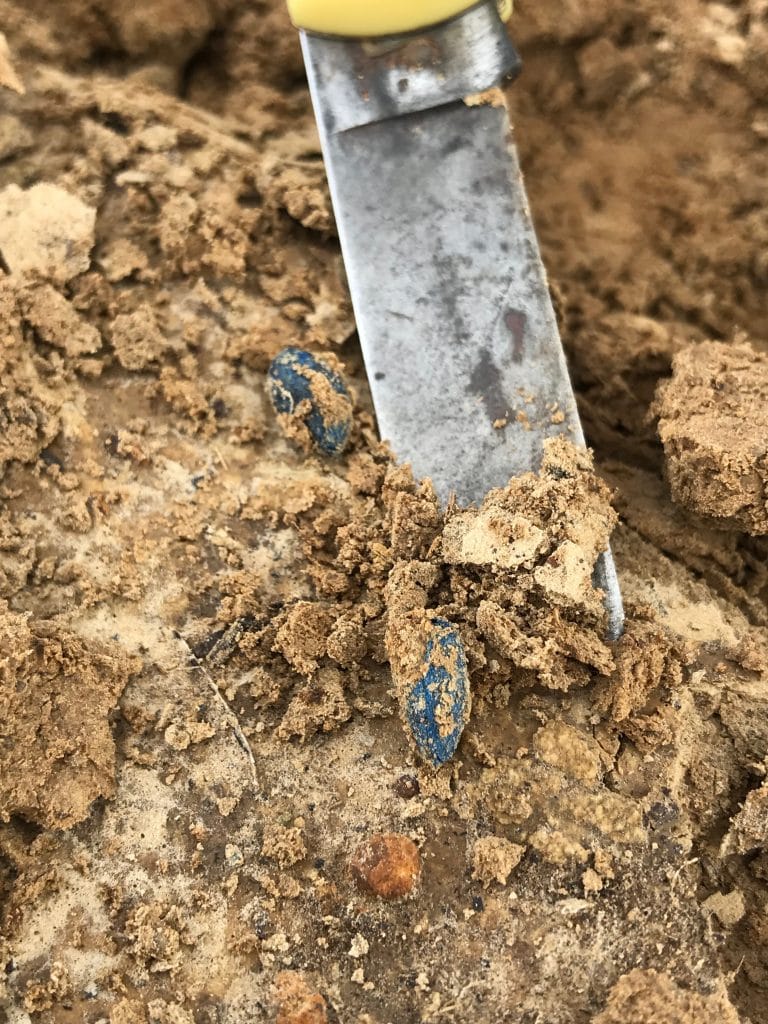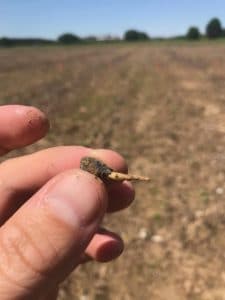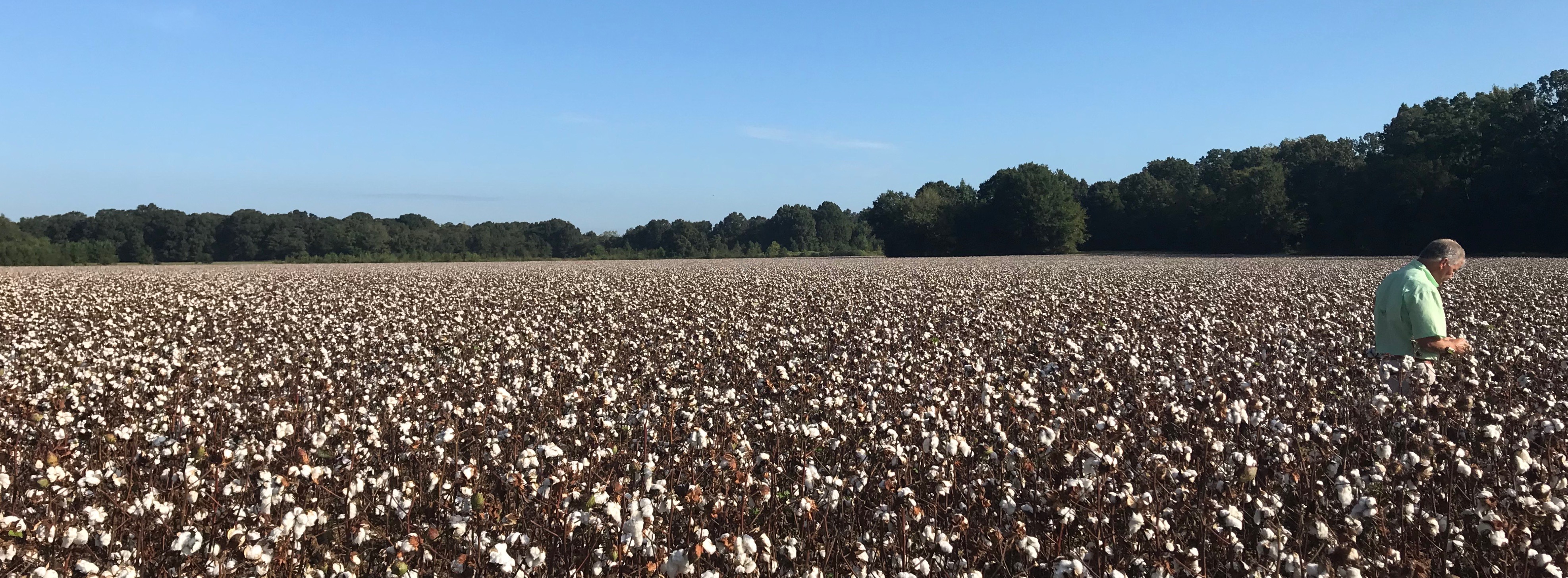Federal crop insurance programs have a prevented planting provision that can protect producers from the financial losses and risks associated with not being able to plant the intended crop within the desired planting period. Revenue Protection, Revenue Protection with Harvest Price Exclusion, Yield Protection, and Area Risk Protection insurance policies pay indemnities if producers were unable to plant the insured crop by a designated final planting date or within any applicable late planting period due to natural causes, typically drought or excess moisture. This post highlights several components of those provisions and provides a few examples.
Kevin Adkins, Graduate Research Assistant, Department of Agricultural and Resource Economics, University of Tennessee
**Christopher N. Boyer, Associate Professor, Department of Agricultural and Resource Economics, University of Tennessee 302-I Morgan Hall Knoxville, TN 37996 Phone: 865-974-7468 Email: cboyer3@utk.edu **Corresponding author Continue reading →


 I’ve spent the past several days walking replants and fielding last minute variety placement/selection questions. This post covers a few thoughts I’d like to share concerning replants, variety maturity, and determining when to stop planting cotton.
I’ve spent the past several days walking replants and fielding last minute variety placement/selection questions. This post covers a few thoughts I’d like to share concerning replants, variety maturity, and determining when to stop planting cotton.  Adverse conditions experienced during or after cotton planting can negatively impact cotton seedlings and result in seedling death. If severe, stresses can reduce stands to unprofitable yield potentials. Unfortunately, cool nights, excessive rainfall and marginal seed quality from some seed lots have increased reports of failed stands. Determining whether to accept or replant a marginal stand of cotton is a particularly challenging decision since many factors must be considered. The purpose of this post is to highlight a few factors to consider while making the replant decision.
Adverse conditions experienced during or after cotton planting can negatively impact cotton seedlings and result in seedling death. If severe, stresses can reduce stands to unprofitable yield potentials. Unfortunately, cool nights, excessive rainfall and marginal seed quality from some seed lots have increased reports of failed stands. Determining whether to accept or replant a marginal stand of cotton is a particularly challenging decision since many factors must be considered. The purpose of this post is to highlight a few factors to consider while making the replant decision. 

